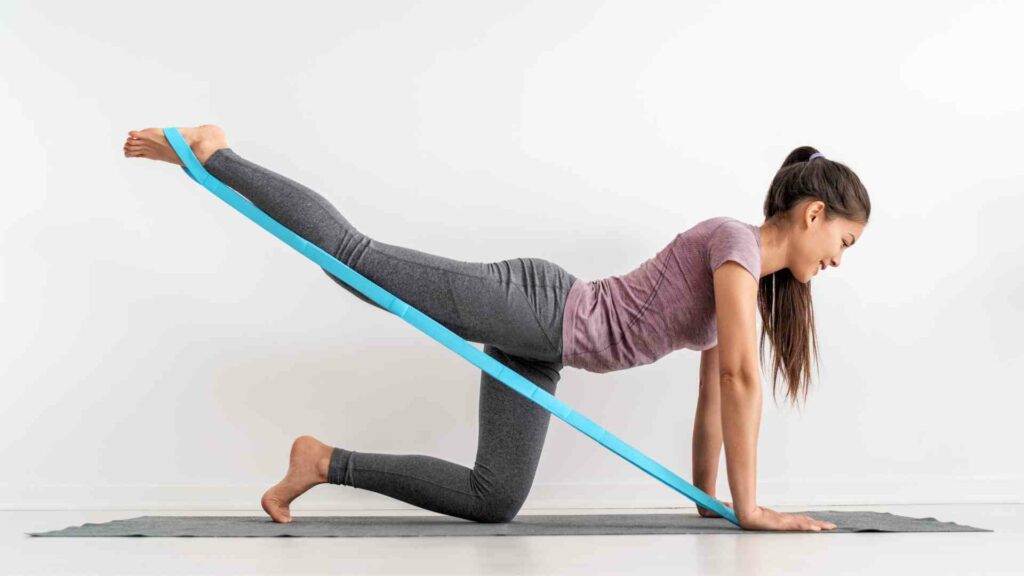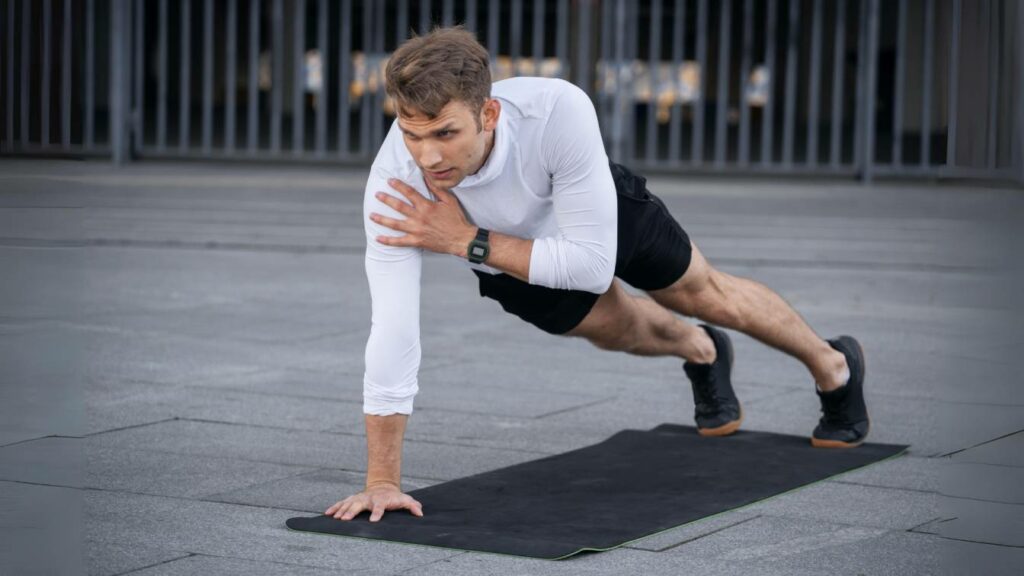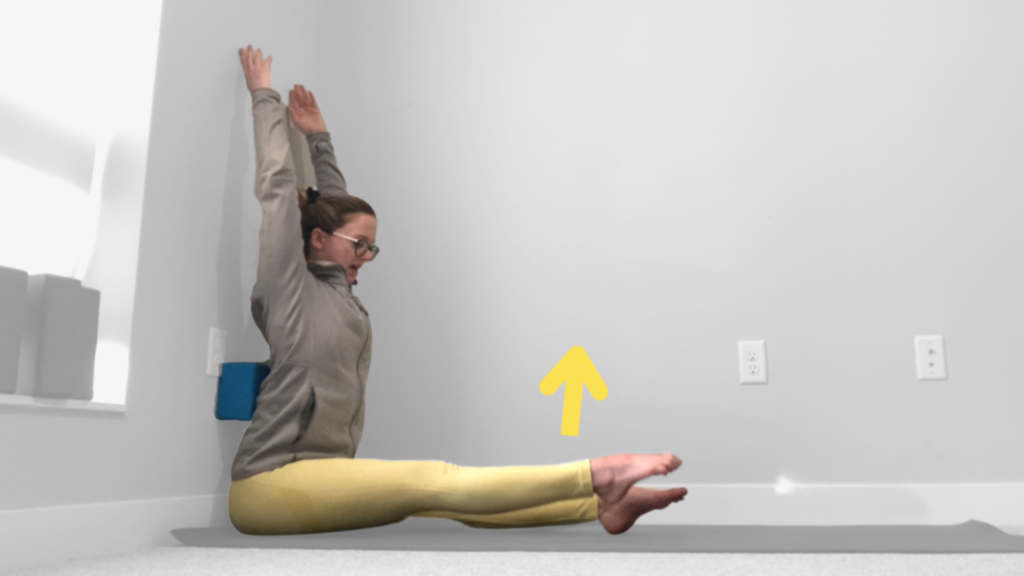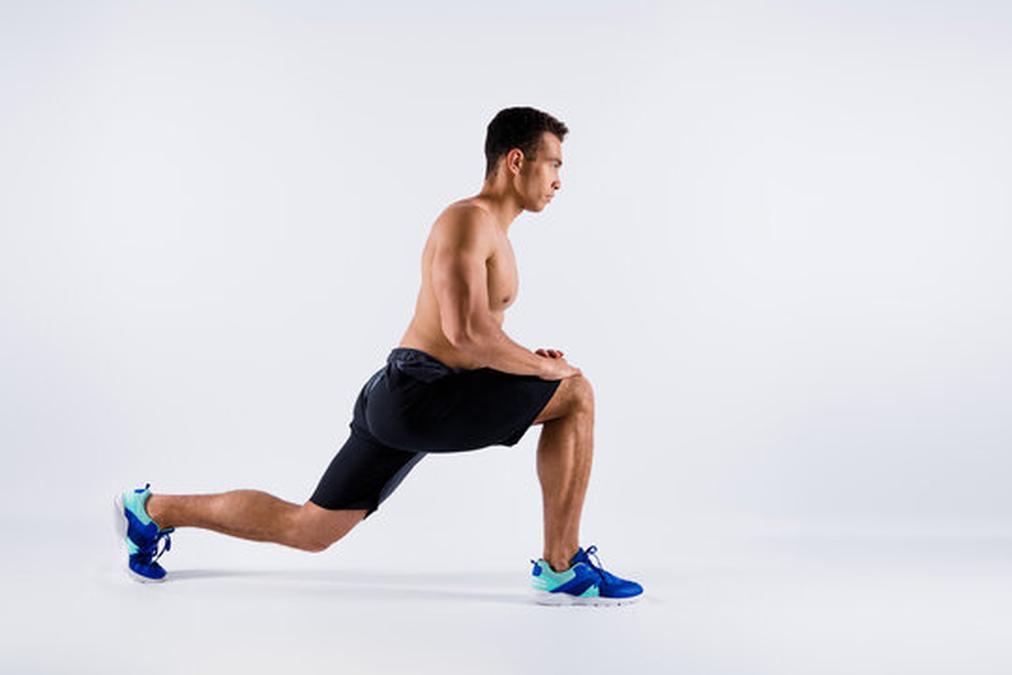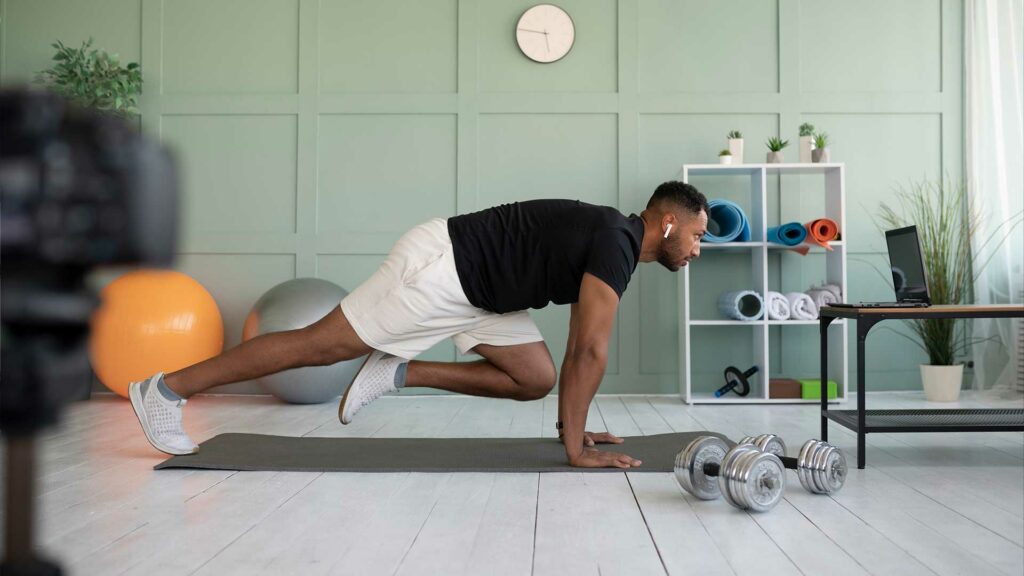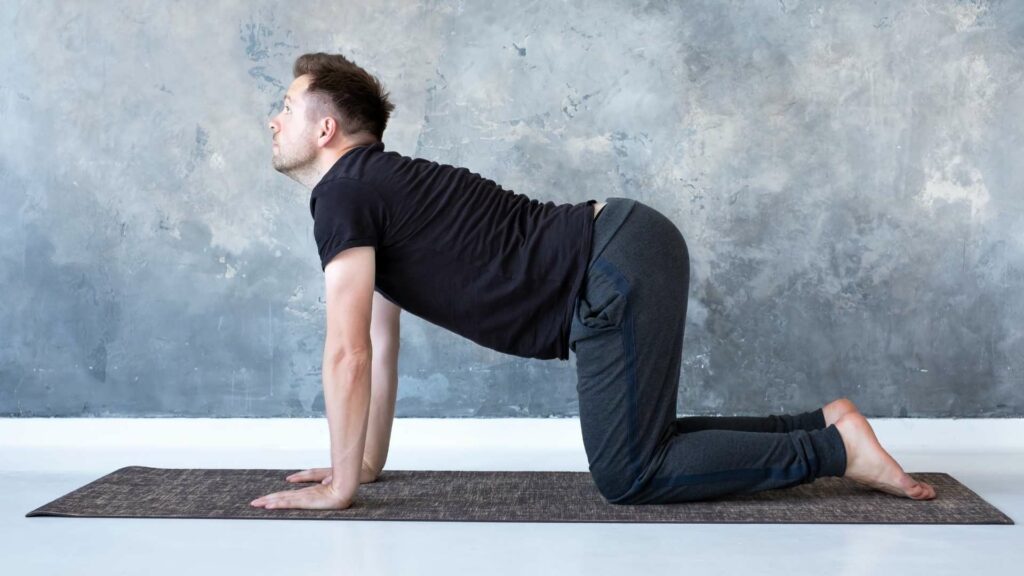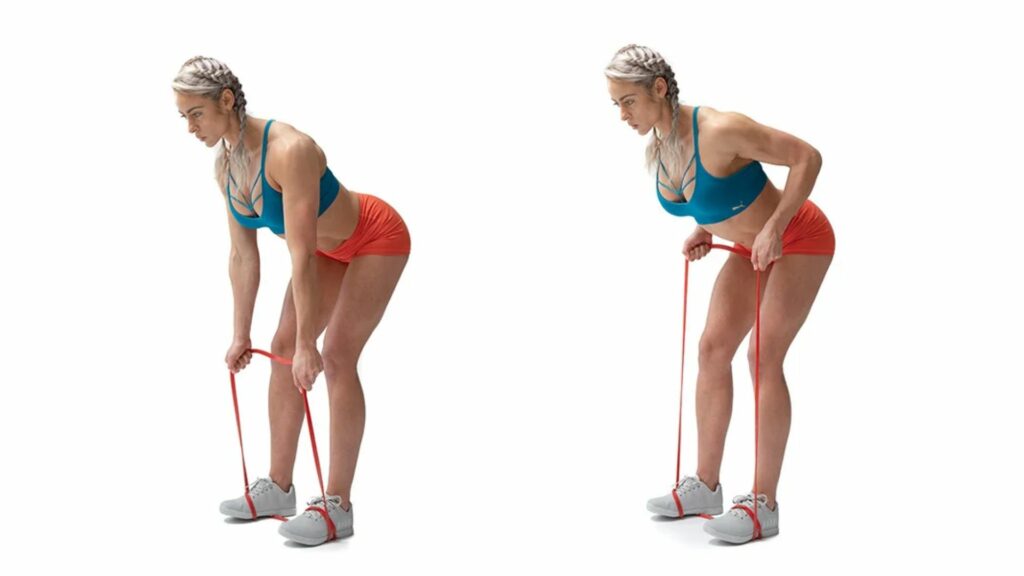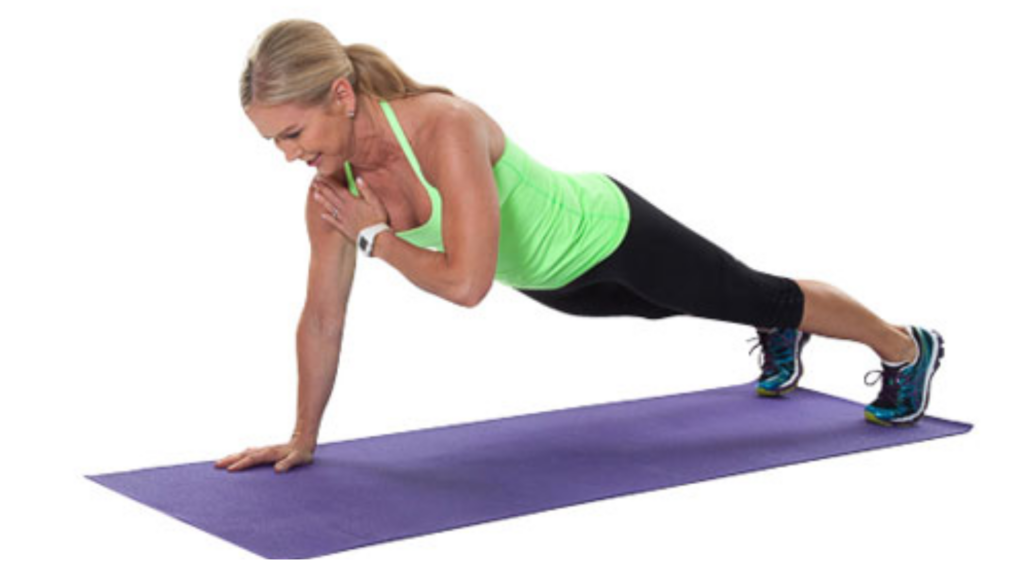Are you looking for a lower body strengthening exercise that can improve your mobility, independence, and balance? The sit-to-stand physiotherapy exercise might be the perfect exercise for you. In this article, we will discuss the benefits of the sit-to-stand exercise, who can benefit from it, how to perform the exercise correctly, common mistakes to avoid, precautions to take, and much more.
Merlin helps Sit-to-Stand Physiotherapy Exercise
The Merlin App is a valuable tool for individuals undergoing Sit to Stand physiotherapy exercises. Through real-time feedback and voice guidance, it assists users in maintaining proper form and technique during the exercise, ensuring that they perform the movement correctly and reduce the risk of injury.
The app’s customizable workout routines allow physiotherapy professionals to tailor exercises to a patient’s specific needs and progress over time, gradually increasing the intensity and difficulty as the individual gains strength and mobility. With the ability to track progress and provide encouragement, the Merlin App motivates users to stay consistent with their physiotherapy regimen, ultimately aiding in their rehabilitation and recovery process.
Sit-to-Stand Physiotherapy Exercise: A Comprehensive Guide
- The sit-to-stand exercise is a physiotherapy exercise that improves mobility, strength, and balance.
- It involves specific muscles and is different from a regular sit-to-stand movement.
- Different individuals can benefit from the exercise, and it can be adapted to suit different needs.
Benefits of the Sit-to-Stand Physiotherapy Exercise
The sit to stand exercise has numerous benefits, including improved mobility, strength, and balance. The exercise can help with fall prevention and rehabilitation, particularly in individuals recovering from surgery or those with physical impairments. It can also help improve the overall quality of life by increasing independence and reducing the risk of injury.
Research studies have shown that the sit to stand exercise can improve sit to stand performance in individuals with physical impairments, but there is no evidence that these programs improve other functions such as balance, gait speed, muscle strength, falls, or participation. However, one study found that interventions aimed at improving the ability of stroke survivors to stand up independently from a sitting position were effective. Training or exercises resulted in faster standing up and increased weight-bearing through the affected leg. These effects lasted for several months after the training.
Who Can Benefit from the Sit-to-Stand Physiotherapy Exercise?
The sit to stand exercise can benefit a wide range of individuals, including stroke survivors, older adults, and those with physical impairments. The exercise can be adapted to suit different individuals’ needs, making it an excellent exercise for rehabilitation and fall prevention. It is also beneficial for athletes and fitness enthusiasts looking to improve their lower body strength and stability.
How to Perform the Sit-to-Stand Physiotherapy Exercise Correctly?
To perform the sit-to-stand exercise correctly, follow these steps:
- Sit towards the front edge of a sturdy chair without armrests.
- Place your hands lightly on each side of the chair.
- Engage your core muscles and place your feet flat on the ground.
- Push through your heels and stand up using your legs and core muscles.
- Keep your back straight and your shoulders back.
- Pause at the top of the movement and then return to a seated position in a controlled manner.
- Repeat for the desired number of repetitions.
It is essential to maintain proper form and posture while performing the exercise. Improper form can lead to injury and reduce the effectiveness of the exercise. For individuals with injuries or disabilities, modifications may be necessary.
Common Mistakes to Avoid While Performing the Sit-to-Stand Physiotherapy Exercise
Some common mistakes people make while performing the sit to stand exercise include using their arms to push themselves up, leaning too far forward, and not engaging their core stability. It is essential to avoid these mistakes to ensure proper form and posture and maximize the exercise’s benefits.
To avoid these mistakes, focus on using your legs and core muscles to stand up and keep your back straight. Avoid leaning too far forward or using your arms to push yourself up.
Precautions to Take Before Starting the Sit-to-Stand Physiotherapy Exercise
Before starting the sit to stand exercise, it is essential to consult with a healthcare provider, particularly after surgery. It is also important to check for any pain or discomfort during the exercise. If you experience sudden pain or increased discomfort, discontinue the exercise and consult with a healthcare provider.
How Often Should One Perform the Sit-to-Stand Physiotherapy Exercise to See Results?
The frequency and duration of the sit to stand exercise depend on an individual’s fitness level and goals. Generally, it is recommended to perform the exercise three to four times a week for 10 to 15 repetitions per set.
To see results, it is essential to gradually increase the difficulty of the exercise by adding weights or increasing the number of repetitions. Tracking progress and measuring improvements can help individuals stay motivated and achieve their fitness goals.
How to Incorporate the Sit-to-Stand Physiotherapy Exercise into a Fitness Routine?
The sit-to-stand exercise can be incorporated into a fitness routine by combining it with other exercises that focus on strength and mobility. For example, individuals can perform the exercise along with bodyweight exercises, such as jumping jacks or mountain climbers, or strength and conditioning exercises, such as plyometrics or upper body power workouts.
The exercise can be modified for different fitness levels, making it an excellent exercise for beginners and advanced fitness enthusiasts.
| Progression | How to do it |
|---|---|
| Add weights | Hold onto a weight while performing the exercise. Gradually increase the weight as your strength improves. |
| Resistance bands | Place a resistance band around your thighs and above your knees to increase the difficulty of the exercise. |
| Increase repetitions | Gradually increase the number of repetitions per set. Aim to perform 15 to 20 repetitions per set. |
| Increase sets | Gradually increase the number of sets to challenge your muscles further. Aim to perform three to four sets. |
Progressing the Sit-to-Stand Physiotherapy Exercise
To progress the sit-to-stand exercise, individuals can add weights or resistance bands to increase the difficulty of the exercise. They can also increase the number of repetitions or sets to challenge their muscles further.
Tracking progress and measuring improvements can help individuals stay motivated and achieve their fitness goals.
Research Studies on the Effectiveness of the Sit-to-Stand Physiotherapy Exercise
Research studies have shown that the sit-to-stand exercise can improve mobility and strength in individuals with physical impairments. One study found that interventions aimed at improving the ability of stroke survivors to stand up independently from a sitting position were effective. Training or exercises resulted in faster standing up and increased weight-bearing through the affected leg. These effects lasted for several months after the training.
Sit-to-Stand Physiotherapy Exercise for Rehabilitation After Surgery or Injury
The sit-to-stand exercise can be used for rehabilitation after surgery or injury and can improve mobility and strength. It can also be adapted to suit different health conditions, making it an excellent exercise for rehabilitation.
Sit-to-Stand Physiotherapy Exercise for Fall Prevention in Older Adults
The sit-to-stand exercise can be used for fall prevention in older adults and can improve balance and strength. It is an excellent exercise for maintaining independence and reducing the risk of injury.
Conclusion
In conclusion, the sit-to-stand physiotherapy exercise is an evidence-based exercise for improving mobility, strength, and balance. It can benefit a wide range of individuals, including those with physical impairments, stroke survivors, and older adults. It is essential to perform the exercise correctly and avoid common mistakes to maximize its benefits. Consulting with a healthcare provider and using a mobile app like Merlin for real-time feedback on form and posture during the exercise can help individuals achieve their fitness goals safely and effectively.







